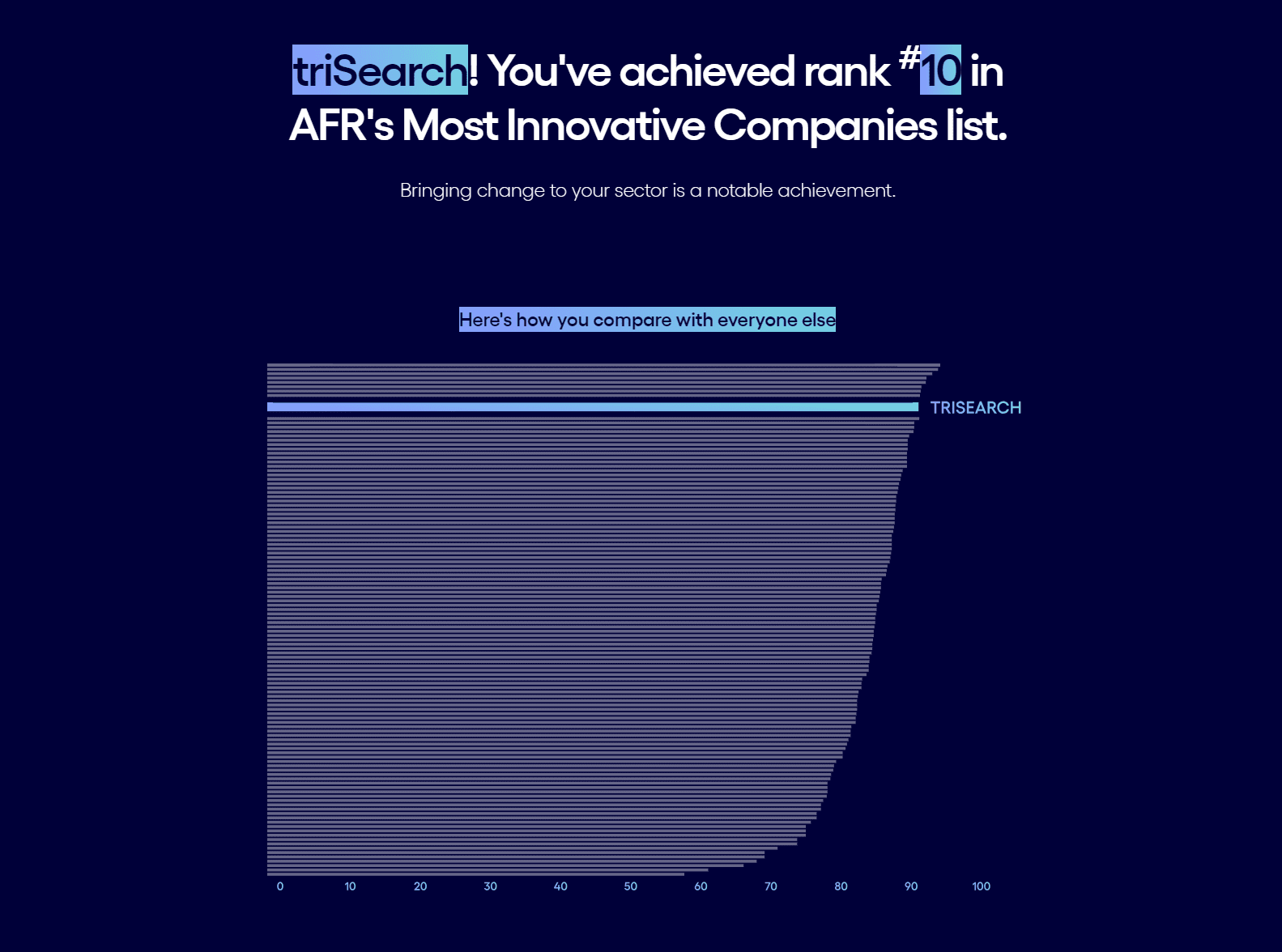With Australia’s median property value now standing at a record high of $848,706, house hunters need to earn more than ever before to get a foot on the property ladder.
According to latest data from finance comparison site Canstar, obtained by Australian Conveyancer, house hunters nationwide must now earn $166,215 to buy a typical home.
On a city-by-city basis, Sydney is where high earning capacity is most essential, with an annual gross household income of $238,399 needed to generate sufficient borrowing power to buy an average home in the city, valued at $1,217,308 without suffering mortgage stress.
Canberra, the nation’s capital was second on the list with a household income of $185,262 required to service loans for a median-priced home of $946,022. Melbourne households need to be earning $175,739 (gross) to secure their homes with a median of $897,222, according to Canstar.
This is followed by Brisbane, where a household must earn $150,370 for a purchase on a median-priced house valued at $767,781, and Perth where earnings of $114,998 are needed to secure a house at the median price of $587,274..
Sydney also leads the way on units, with earnings of $150,770 needed to purchase a median-priced unit of $769,773 and avoid mortgage stress. This was followed by Canberra with pre-tax household income of $116,839 needed for units at the median price of $596,564; and Melbourne where a house hunter needs earnings of $114,638 for a unit valued at the median price of $585,366.
The Canstar data is backed up by new research from housing advocacy group PowerHousing Australia.
The data, released in December, shows that housing affordability has deteriorated dramatically through 2023. It found that nationwide a borrower buying a median-priced home with a 20 per cent deposit must spend 45.5 per cent of their gross income on annual principal and interest mortgage repayments.
In Sydney, where households need to dedicate the largest portion of household income to purchase the median-priced dwelling, it found 56.7 per cent of earnings was needed.
“While the ratio of housing values to household incomes has improved a little from the earlier record highs, affordability from a mortgage servicing and rental perspective have worsened amid high interest rates and record-low vacancy rates,” said Tim Lawless, Asia–Pacific research director at property data firm CoreLogic, which put together the data.
Matt King, from Housing Power Australia says while he hopes overseas migration will moderate and take some pressure off house prices, it appeared there was no let-up in sight. “To put it into perspective, in 2022- 23, there were only 174,396 dwellings completed in Australia, which grates against the census household composition requiring at least 200,000 per year to cater for the net overseas migration,” King said.
The Reserve Bank of Australia declined to comment on whether it was concerned about increased earning pressures on Australians needed to get into the housing market, but referred Australian Conveyancer to recent comments from central bank governor Michelle Bullock citing rising house prices as a factor for hiking rates in November.
For news and insights from experts around the industry, download edition five of the Australian Conveyancer, today.






